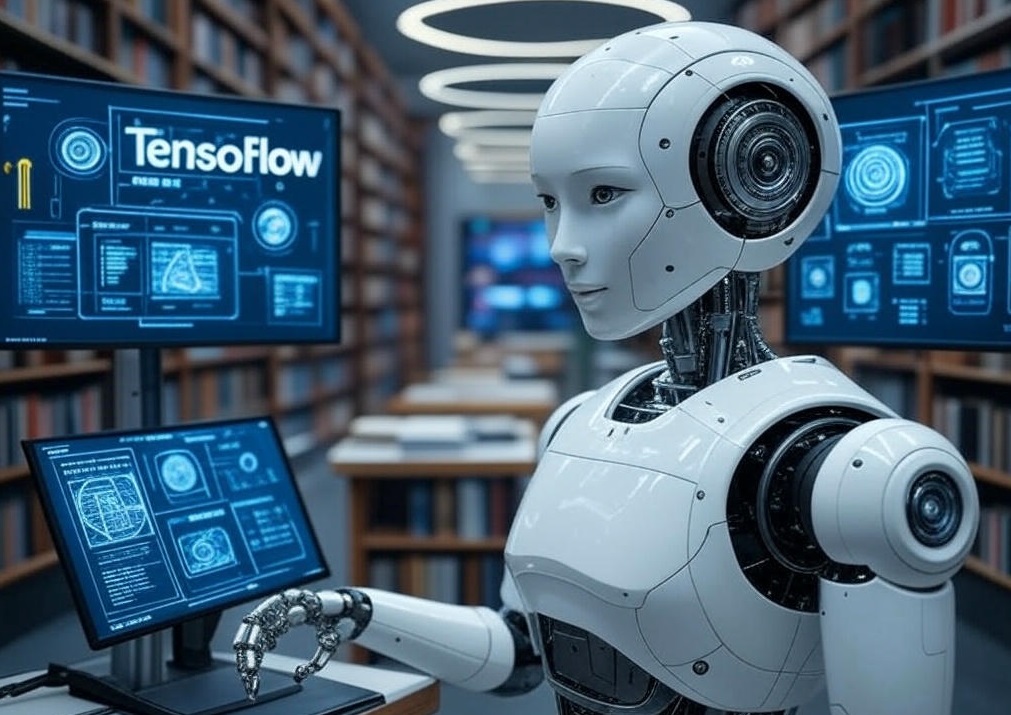
The world of artificial intelligence (AI) is evolving every year, and along with it, new opportunities for developers and researchers are emerging, thanks to modern libraries for AI work. In 2025, libraries like TensorFlow, PyTorch, and many others continue to be the foundation for creating powerful and efficient AI solutions. But what changes can we expect in 2025, and what’s new in these libraries?
TensorFlow: Updates and New Capabilities
TensorFlow remains one of the most popular libraries for machine learning. In 2025, the TensorFlow developers introduced numerous new features, improvements, and tools for building neural networks. One of the major updates is the expansion of TensorFlow’s capabilities for working with generative models. This significantly improves results in areas such as content creation, image, and text generation.
TensorFlow’s integration with Google’s cloud services has also improved, making it easier to scale solutions and use cloud computing capabilities for training models. In the new versions of TensorFlow, GPU support has been enhanced, and model training has been accelerated, helping developers tackle AI challenges more effectively.
PyTorch: Flexibility and Support for New Technologies
PyTorch has long been a favorite among researchers and developers due to its flexibility and fast prototyping capabilities. In 2025, the library received several key improvements, including support for the latest technologies in neural networks and deep learning.
One of the most significant updates is improved support for transformers such as GPT-3 and BERT. These models allow tasks related to natural language processing to be solved with much higher accuracy. The handling of multitasking and multi-core processors has also significantly improved, speeding up model training and enabling work with larger datasets.
New AI Libraries: What to Expect?
In addition to TensorFlow and PyTorch, other libraries, such as JAX and Hugging Face, are rapidly developing in 2025. These tools are focused on specific tasks, such as working with text, images, and natural language processing.
Particular attention should be given to libraries supporting generative models, such as DALL-E and Stable Diffusion. These tools are already actively used for creating images, generating texts, and creating artificial media. In the future, these libraries are expected to significantly evolve, allowing for the creation of more accurate and diverse generative models.
The Future of AI Libraries
Each year, AI libraries become more powerful and accessible to developers and researchers. In 2025, AI is expected to become accessible not only to large companies and universities but also to small startups and individual developers. Simplification of usage and improved integration with cloud services opens new horizons for developers, allowing them to focus on solving real-world problems rather than technical challenges.
AI library development is not standing still, and new tools such as TensorFlow, PyTorch, and others will continue to play a key role in creating innovative solutions for business, medicine, finance, and other industries.
